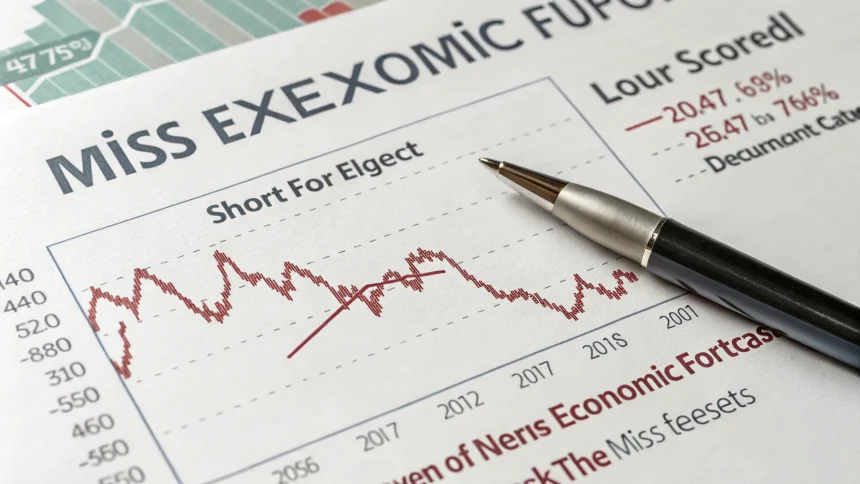Economic data released recently has fallen short of market expectations, showing a slowdown in growth compared to previous months. The latest figures came in at 0.7%, below the forecast of economists surveyed by Reuters who had anticipated a 0.8% increase.
This marks a decline from June’s performance, which had registered at 0.8%, indicating a potential cooling in economic momentum. The underperformance has caught the attention of market watchers and policy analysts who track these indicators closely for signs of economic direction.
Behind the Numbers
The 0.7% figure represents a modest but notable miss against expectations. Reuters’ poll of economists had projected growth to maintain the same pace as June, but instead, the economy showed signs of deceleration.
Economic surveys like these serve as key indicators for investors, businesses, and policymakers who use them to gauge the health of the economy and make decisions about future investments and policy adjustments.
“The data suggests we’re seeing a gradual slowdown rather than maintaining the momentum from earlier in the year,” noted one analyst familiar with the figures. “While not dramatic, this underperformance against expectations does warrant attention.”
Market Implications
Financial markets typically react to these economic indicators, especially when they deviate from expectations. Lower-than-forecast growth can influence investment decisions, consumer confidence, and potentially central bank policy considerations.
For investors, these figures may prompt reassessment of growth-oriented positions. For businesses, they might signal caution in expansion plans or hiring decisions. For policymakers, they provide data points that could influence decisions on interest rates and other economic tools.
The 0.7% growth rate falling below both the expected rate and the previous month’s figure represents a double disappointment for those hoping to see sustained economic momentum.
Contextual Factors
Several factors could be contributing to this economic slowdown:
- Ongoing supply chain disruptions affecting production capacity
- Rising input costs pressuring business margins
- Shifting consumer spending patterns
- Labor market adjustments
The difference between the expected 0.8% and the actual 0.7% may seem small in absolute terms, but in macroeconomic measurements, such variations can signal meaningful shifts in economic activity when viewed as part of broader trends.
Economists will now be watching upcoming data releases closely to determine whether this represents a temporary fluctuation or the beginning of a more sustained slowdown in economic activity.
As markets digest these figures, attention will turn to how central banks might interpret this data in their ongoing assessments of appropriate monetary policy. A continued trend of below-expectation growth could eventually influence the timing and magnitude of future interest rate decisions.
The coming months will be critical in determining whether this represents a minor bump in the economic recovery or signals a more significant shift in economic conditions that might require policy responses from government and monetary authorities.







